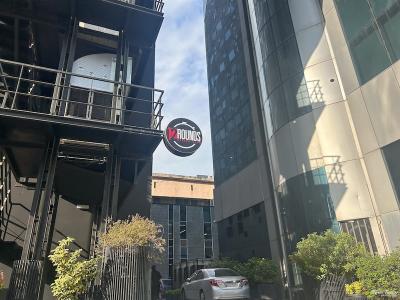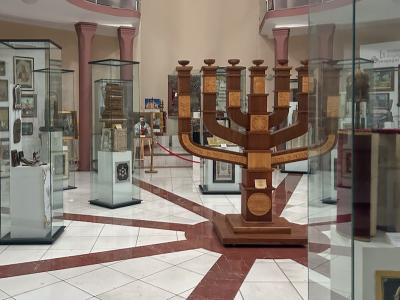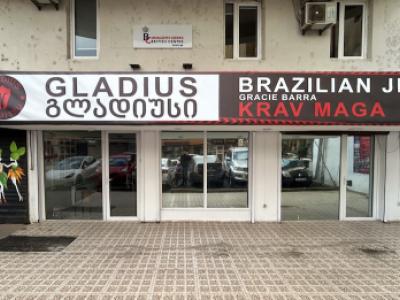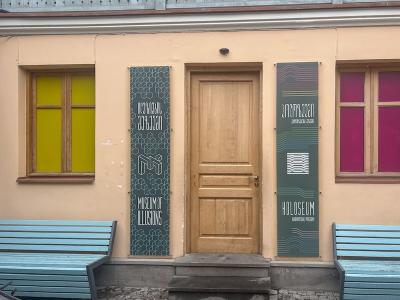25 years ago, on April 9th, 1989 in Tbilisi, then Georgian SSR tragic events took place, what later were named as Tbilisi tragedy, Tbilisi Massacre or April 9th Tragedy.
Nowadays April 9th is marked as public holiday and called a the Day of National Unity.
Basicly Soviet Government turned against it's citizens and sent tanks out in streets to dispress opposition. Tbilisi events later turned to Vilnius events and other.
Prelude of Tbilisi tragedy
The anti-Soviet movement became more active in the Georgian SSR in 1988. Several strikes and meetings were organized by anti-Soviet political organizations in Tbilisi. The conflict between the Soviet government and Georgian nationalists deepened after the so-called Lykhny Assembly on March 18, 1989, when several thousand Abkhaz demanded secession from Georgia and restoration of the Union republic status of 1921–1931. In response, the anti-Soviet groups organized a series of unsanctioned meetings across the republic, claiming that the Soviet government was using Abkhaz separatism in order to oppose the pro-independence movement. The protests reached their peak on April 4, 1989, when tens of thousands of Georgians gathered before the House of Government on Rustaveli Avenue in Tbilisi. The protesters, led by the Independence Committee (Merab Kostava, Zviad Gamsakhurdia, Giorgi Chanturia, Irakli Bathiashvili, Irakli Tsereteli and others) organized a peaceful demonstration and hunger strikes, demanding the punishment of Abkhaz secessionists and restoration of Georgian independence. Local Soviet authorities lost control over the situation in the capital and were unable to contain the protests. First Secretary of the Georgian Communist Party Jumber Patiashvili asked USSR leadership to send troops to restore order and impose curfew.




